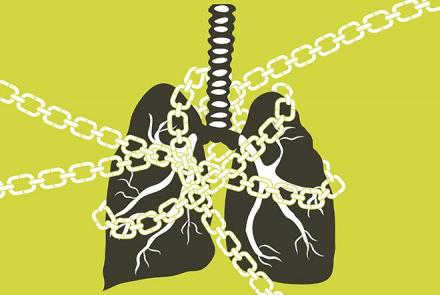Staging of endometriosis
The American Society for Reproductive Medicine’s current classification of endometriosis in stages 1 to 4 is the most widely used and accepted staging system. The classification system uses point scores depending on location, extent, and depth of endometriosis implants; presence and severity of adhesions; and presence and size of ovarian endometriomas. However, the staging of endometriosis does not correlate with the presence of or severity of symptoms.
Latest Stories
- How to Prevent Endometriosis You can't prevent endometriosis. But you can work towards reducing your chances of developing it by lowering the levels of the hormone estrogen in your body. Estrogen helps to thicken the lining of your uterus during your menstrual cycle. To keep lower estrogen levels in your body, you can: Talk to your doctor about hormonal birth control methods, such as pills, patches or rings with lower doses of estrogen. Exercise regularly (more than 4 hours a…
- Management of Endometriosis You can manage your endometriosis by lowering the levels of the hormone estrogen in your body. Estrogen helps to thicken the lining of your uterus during your menstrual cycle. To keep lower estrogen levels in your body, you can: Exercise regularly (more than 4 hours a week). This will also help you lower body fat which helps decrease the amount of estrogen circulating through the body. Avoid large amounts of alcohol. Alcohol raises estrogen levels. Limit…
- Neha Sinha, a clinical psychologist by training shares her views on caregiving in Dementia, the effects of longtime caregiving on a person, how to keep his balance in tact and also avoid an early burnout. ‘Caregiving often calls us to lean into love we didn’t know possible’ ~ Tia Walker Caregiving in Dementia Caring for people with dementia is in many ways more challenging than looking after somebody with a physical condition. This is because when you look after someone with dementia…
- Do you sometimes get sudden cramps in your calf or toe muscles? Dr. Shital Raval explains the causes and tips to get rid of leg cramps and to prevent them Leg cramps or Charley horse (term used mainly in Canada and the US) is a common but harmless condition experienced by most individuals. These are sudden painful contractions of the leg muscles often in the calf area. They can last for seconds to a few minutes and rarely last more than 10 minutes. हिंदी में पढ़ें: पैर में ऐंठन -…
- No matter how stressful your caregiving responsibilities, Smriti Sawhney, an experienced Clinical Psychologist, recommends some things that you can do to ease your stress levels, regain your balance, and start to feel positive and hopeful again. Especially targeted towards Elderly Caregivers. My mom has not been keeping well for some years now. She has osteoarthritis which is gradually becoming more disabling for her. She is one of the most courageous women I have met who has braved…
- On World Lung Cancer Day, consultant respirologist at Mumbai's Hinduja Hospital Dr Lancelot Pinto highlights 10 common symptoms of lung cancer. Lung cancer accounts for about 13 per cent of all new cancers in India, with smoking being by far the leading cause of the disease. Individuals who currently smoke, or have smoked in the past, those who have a family history of lung cancers, and those who have been exposed at work to asbestos are at a particularly high risk for lung cancer, compared to…
- A bedridden patient becomes vulnerable to various health complications like painful bed sores, circulation and respiratory problems, depression and contractures, due to lack of activity for long periods. Usha Ravi suggests steps to ensure proper nursing and caring for your loved one confined to the bed. There are a host of challenges which arise if one is confined to bed because of sickness, disability or frail age. The burden is felt not only by the individual but also by the carers. It…
- Dr Shruti Mohanka, OBGYN and Fertility expert at Global Hospital in Mumbai, clears our doubts about various pregnancy delivery methods available to women and the benefits and risks of each In the past decade, there have been a growing incidence of C-section deliveries in India, especially in the urban areas. In a socially complex culture such as India, the spouse, relatives, and the doctor’s opinion are held more highly than the patient’s. This results in lack of authority or consent of…















